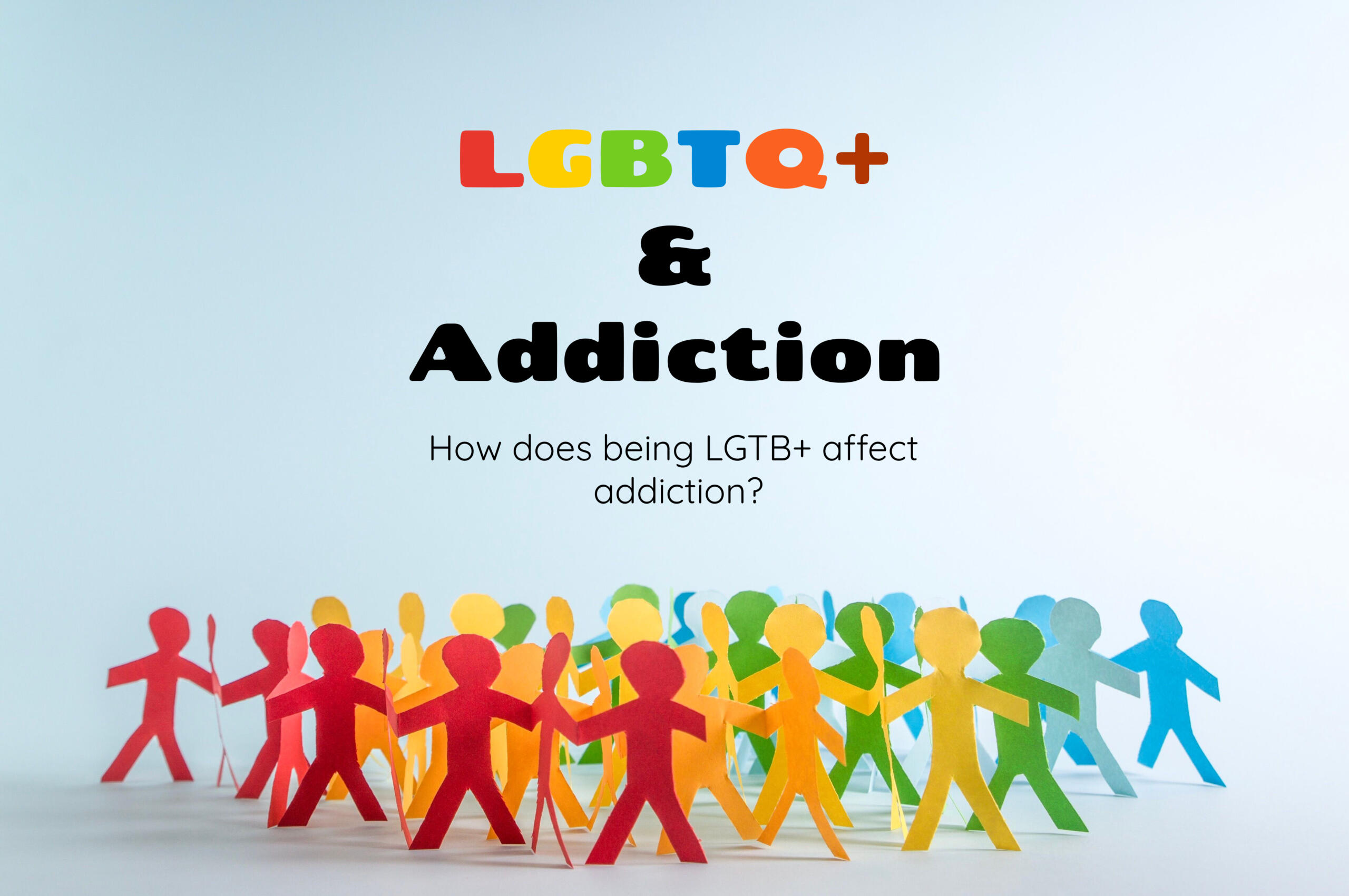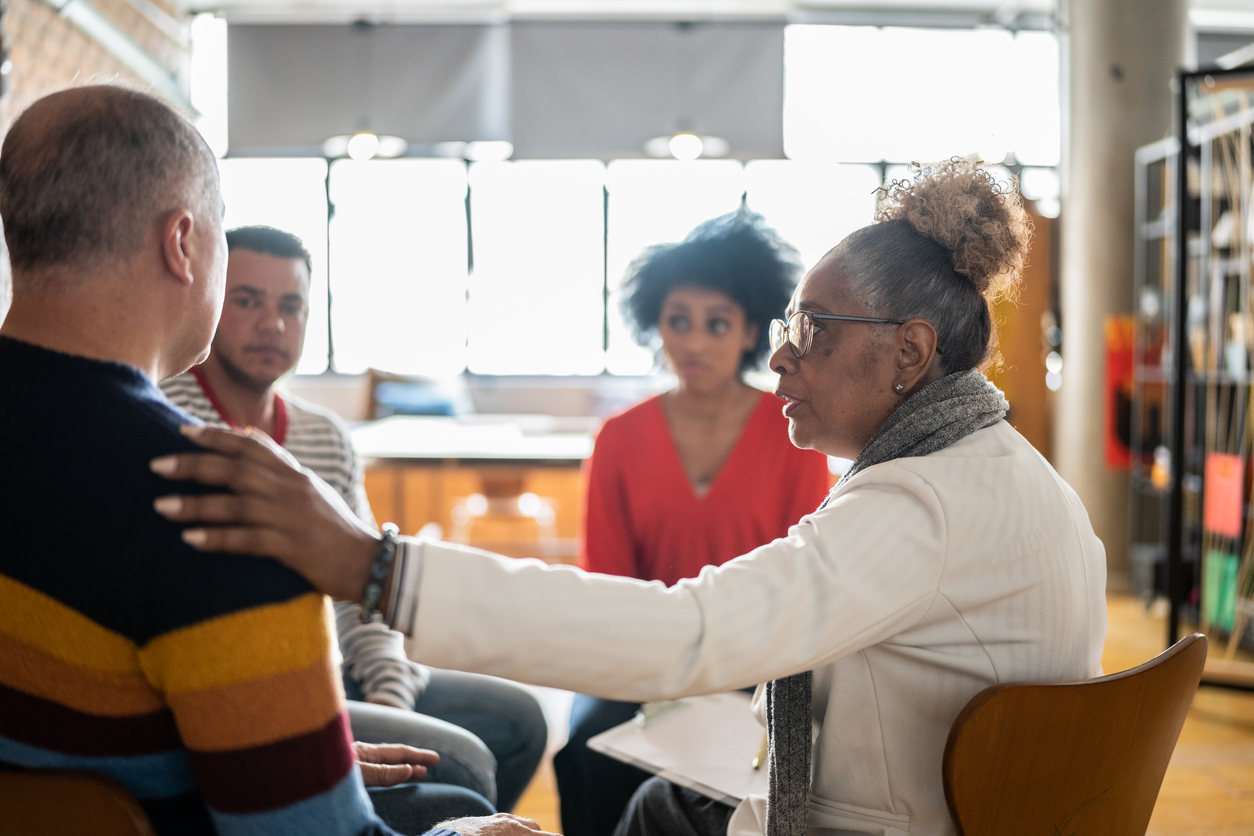
I Googled Sex and Love Addicts Anonymous once a week for months before finally attending a meeting. A big part of my hesitation was my uncertainty about sharing my sexuality with a group of strangers. It was when I found a fellowship for the LGBTQ+ community and friends that I finally found the courage to start my recovery. I found myself among a group of people who had experienced challenges I had thought were unique to me and mine to face alone. Understanding that there was a community that shared my experiences was a crucial first step in overcoming my addictive behaviours.
Like so many others, this is a unique but familiar story for LGBTQ+ people struggling with an addiction.
For a range of reasons, LGBTQ+ people are at a greater risk of falling into addiction. Understanding is key. In working with LGBT clients, it’s important that recovery services consider the distinctive experiences that have shaped their stories.
Studies show 20 to 30% of the LGBT community experience substance abuse, while this figure is around 9% for the general population. Additionally, LGBT individuals are more likely to experience (often extreme) anxiety, depression, and other mental health conditions, which can lead to self-medication through substances as well as other addictive behaviours.
The largest difference in drug use, according to Home Office figures, is the use of poppers (amyl nitrate) which is 25 times more common among gay men than straight. Ecstasy is five times more common, and ketamine seven and a half times.
Why is it that the LGBTQ+ community has an increased risk of addiction?
Perhaps the single most prevalent experience of addiction is the feeling of shame. This overwhelming emotion can be too painful for the mind, and so addictive behaviours develop in order to numb the pain and help the user cope.
While shame is a universal feeling, it is experienced acutely by the LGBTQ+ community. Often, it is something that is learned from a very early age by gay and trans people. There isn’t a time in my childhood when I don’t remember consciously trying to ‘mask’ – perform as something more acceptable or heterosexual to my social environment. I made a silent pact with myself never to reveal the truth.
The shame of being simply as I was is something that became ingrained in me, like knots in wood. Sex and love later became a way for me to escape the crushing weight of this feeling. The sensation of being accepted by others in loving or sexual relationships was euphoric. This feeling would last for a little while before it vanished, and once more, I felt unacceptable and inferior.
Then, I would need another fix. Addictively chasing this rush of acceptance became my number one priority. This derailed my work, leisure, and, unsurprisingly, the relationships I was so desperate to cultivate.
Looking deeper at gay shame can help us understand why the LGBT community is far more likely to struggle with addiction. In The Velvet Rage, a groundbreaking exploration of shame in gay men, Dr Alan Downs, PhD, establishes a strong link between the gay experience and addiction. “Sadly,” he writes, “our culture raises man to be strong and silent. Straight or gay, the pressure is on from the time we’re very young to become our culture’s John Wayne-style of man.”
In one chapter, he constructs a list of common myths men learn about masculinity. These are:
The more pain I can take, the more of a man I am.
Showing feelings is for women.
The more I can drink, the manlier I am.
Intimacy is sex; sex is intimacy.
Only women depend on others.
A man takes care of himself without help from others.
No one can hurt you if you’re strong.
I am what I earn.
It is best to keep your problems to yourself.
Winning is all that really matters.
It’s a striking list of commandments that have only recently begun to be seriously challenged in media and public conversation. When gay men feel pressured to conform – against their own nature – and mask as I did, inner contentedness becomes nearly impossible, and substances can seem like the only gateway to positive emotions.
Of course, it isn’t just men who are issued a crushing list of gender expectations. The pressures of gender norms affect everyone, particularly those who visibly demonstrate behaviours that don’t align with society’s decree, such as gay and trans people.
So shame doesn’t start as an inside job. It’s taught through experiences of discrimination and marginalisation. Discrimination can be blatant (a slur or attack on the street) or more insipid (a quiet glare or seemingly innocent remark that questions whether someone is ‘normal’).
Discrimination can find its way into any social environment – home, work, and in places of education and leisure. When I was at school, ‘gay’ was a widely accepted pejorative which could be slapped on any person, action or even object considered ‘wrong’. It’s no wonder I learned to think of being gay as something that was dirty or made me ‘less than’.
Even though others share it, shame is an isolated experience. It thrives on the idea that you don’t belong in a community or deserve to experience love and inner peace. Often, LGBT individuals experience stigma from family or friends, which compounds the sense of isolation and drives them towards addiction. The substance promises the love, company and solace they are craving before stealing it away again and leaving a hollowness in its wake.

It’s hard for me to imagine going into a therapy session and censoring my sexuality from my answers. I’d be unable to honestly talk about sex, intimate relationships, and key aspects of my childhood. If I left all of this out, how could I expect to leave the session feeling I’d uncovered any helpful truths?
It’s important that LGBTQ+ individuals can access addiction treatment where they feel safe, to be completely honest. The recovery environment needs to understand their background and be specifically tailored to their needs.
Rehab centres should provide a safe and welcoming environment for LGBT people. The best rehabs are staffed by professionals who are knowledgeable about the unique challenges facing LGBT individuals and who are committed to providing compassionate and respectful care. For example, transgender individuals may require specialised care that takes into account their gender identity, as well as any related health issues. This form of patient-centred care ensures clients feel as comfortable as possible in every step of their recovery – from accommodation to group and therapy sessions.
LGBTQ+ individuals benefit from therapy that focuses on issues related to their sexual orientation or gender identity. Working with a specialised healthcare professional can empower clients to find alternative ways of coping in the face of their feelings of shame. Therapy sessions can be complemented by group sessions, where the experience of listening and sharing can build empathy and tackle feelings of isolation.
“Being clear and straightforward about who we are, what we want from others, and our intentions is the cornerstone of integrity,” Alan Downs writes in The Velvet Rage as he shares his own toolkit for overcoming shame. He argues that living authentically, in alignment with our own values, is the only way to find inner peace.
When I sat down to my first Sex and Love Addicts Anonymous Meeting, surrounded by fellow members of the LGBT community, I found myself sharing what I’d kept in for years. And while it had all sounded so terrible in my head – out loud, it wasn’t so frightening after all.
| Author Sean McInally is a writer from Glasgow who writes and speaks about LGBTQ+ issues and mental health. He has been interviewed in a range of publications, and spoken all over the world, including in schools and workplaces, with the aim of helping these environments become tolerant and accepting places. |